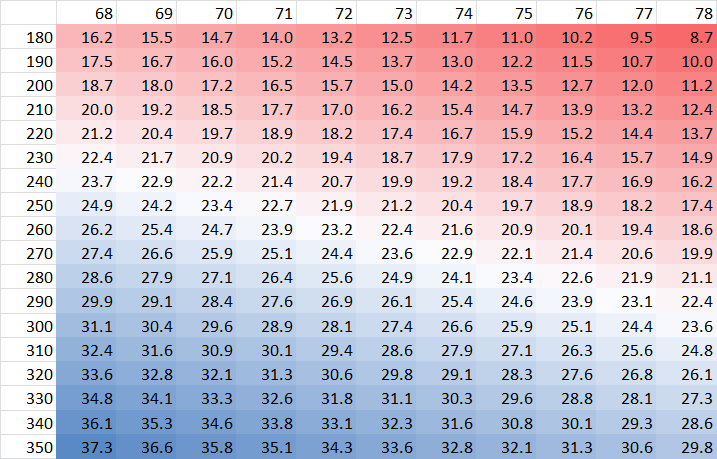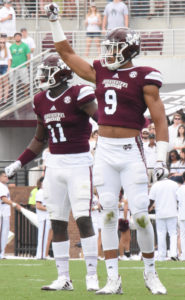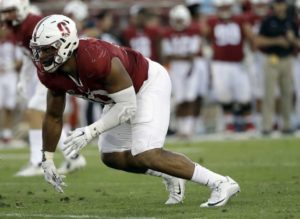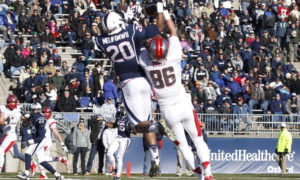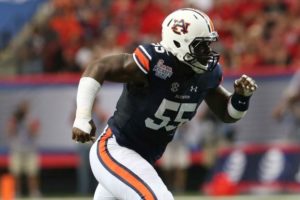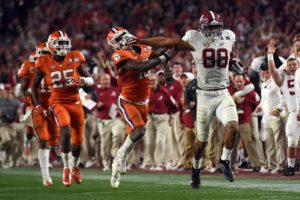In Part I, we learned that there is a correlation between 40-yard dash times and wide receiver success in the NFL. Today, I want to look at a third variable: NFL Draft status.
My sample once again comprises the 853 wide receivers who ran the 40-yard dash at the NFL combine from 2000 to 2017. All data is publicly available from PFR, via Stathead Football. If you think there was a strong correlation between 40-yard dash time and NFL production, wait until you see the correlation between 40-yard dash time and draft status.
In the table below, the average draft value represents the FP draft value associated with each pick. A higher number means more draft value — i.e., an earlier pick — was used to select those players. [continue reading…]


